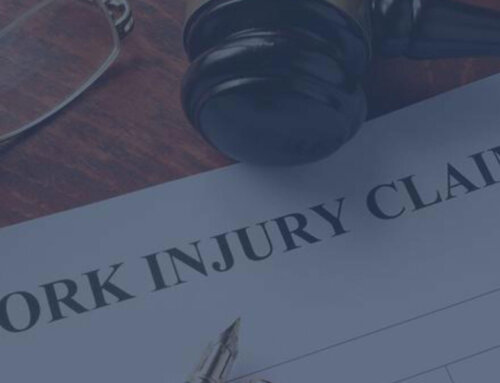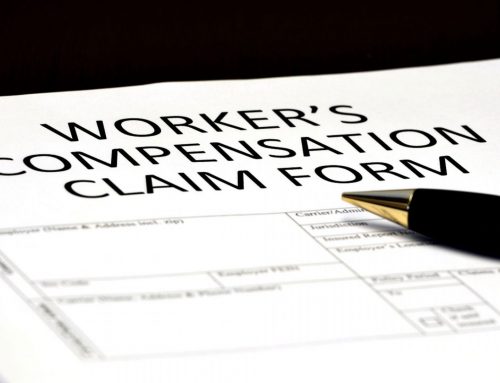Minnesota requires employers to carry workers’ compensation insurance, which also means that your employer is the one who pays for the coverage.
Because your employer has to pay for workers’ compensation insurance, which operates much like any other insurance does with premiums, your employer has an unavoidable conflict: taking care of employees vs. keeping its costs low.
Self-Insured Employers
Not all conflicts of interests are equal, though. It is important to discuss how this conflict can be even more amplified if your employer is self-insured.
Minnesota gives employers two ways to comply with the state’s workers’ compensation laws. It allows employers to get workers’ compensation insurance through:
- private insurance
- self-insuring
So, what does it mean to be self-insured? If your employer is self-insured, it means that your employer acts as its own insurer. Instead of paying a traditional third party insurer, the company has set up a system in which it pays workers’ compensation claims directly out of the company’s own pocket.
Your employer is directly responsible for paying any wage loss benefits, medical benefits, permanent disability benefits, or rehabilitation benefits to which you are entitled as a result of your workplace injury. This can add up to be a significant cost to your employer, especially if a lot of workers’ compensation claims are being made.
What kind of employer is self-insured? Minnesota requires that any employer who is self-insured prove that it has enough funds to pay workers’ compensation claims for self-insuring to be permissible. This means that self-insured employers are often large, corporate businesses. And, these employers have a significant interest in keeping their costs low by minimizing the workman’s comp claims it has to pay. Since they are paying out-of-pocket, the conflict of interest is emphasized. And, this may impact how hard your employer is willing to fight to avoid paying for your claim.
How to Find out How My Employer Is Insured
It is not always easy to tell if your employer is privately or self-insured. Some self-insured employers pay third party administrators to handle the day-to-day aspects of its workers’ comp claims. These third party administrators are usually also private insurers, so it may initially appear that your employer is insured through the administrator. Look at your paperwork and see if any reference to the insurer says “administered by” or a similar variation. This is a good indicator that your employer is self-insured.
Next Steps: Make a Plan of Action
As an injured employee, it is important that you take steps to make sure you are getting the help you need to recover. Whether you would describe your relationship with your employer as good or bad, it is important that you understand the conflict of interest they have and how it can impact their decision making. An employer can’t have only your best interest at heart when it has so many other factors it is trying to balance.
As workers’ compensation lawyers, we have seen many employees, with both good and bad relationships with their employer, run into difficulty getting their claims paid. The facts are this: if you were injured at work and are a qualifying employee, not only do you deserve coverage, you may be entitled to it.
If this “red flag” has brought concerns to your attention about your workers’ compensation claim or you believe you are not receiving the workers’ comp benefits you should be receiving, we encourage you to speak with an attorney as soon as possible. Our lawyers have extensive experience in handling work comp claims and are available to discuss your case. To speak with the Minneapolis workers’ compensation attorneys at 612-INJURED, call or text us at (612) 465-8733.













